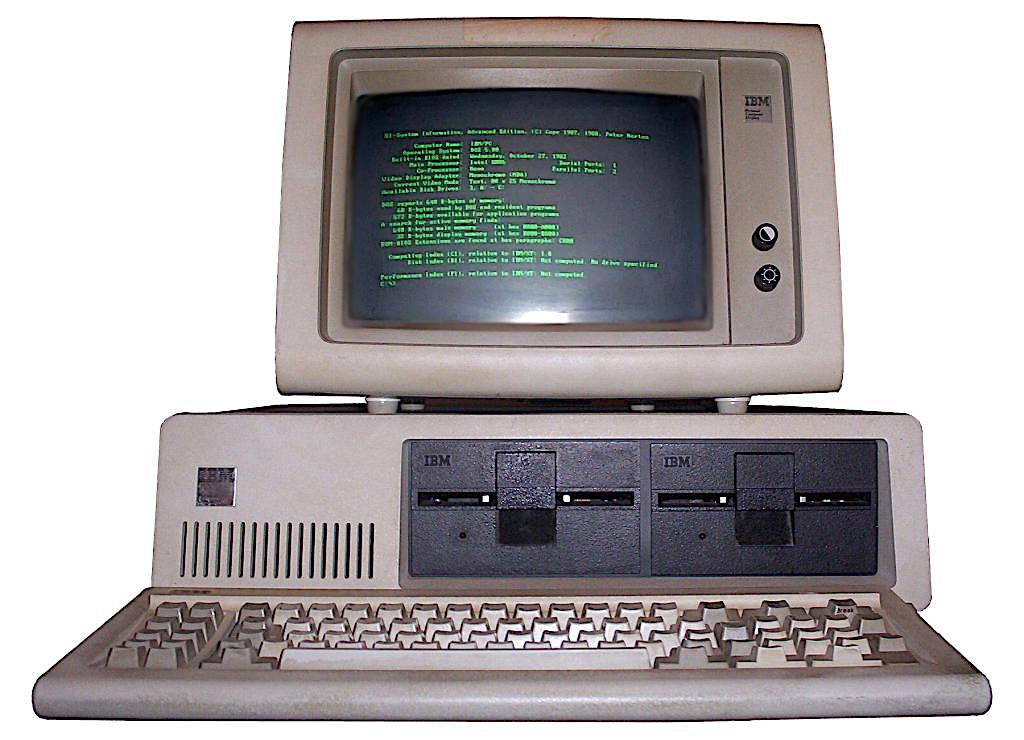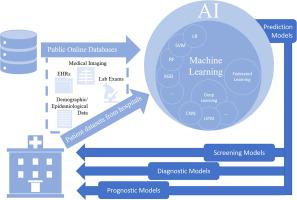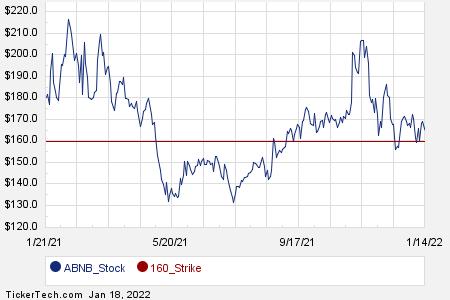How the PC Really Came to Be The Emergence of Microcomputing A Breakthrough in Technology Steve Jobs Enters the Picture The PC Arrives
A 1973 workstation inspired a generation of personal computers
Xerox is a name most often associated with office copiers. So it’s somewhat remarkable that Xerox developed the Alto, an advanced workstation that was the forerunner of the personal computer.
The Xerox Alto was the brainchild of a California research lab founded in 1970 known as Xerox PARC (Palo Alto Research Center). The Computer Science Laboratory at PARC was initially managed by Robert Taylor, former director of the Information Processing Techniques Office of DARPA, the Defense Advanced Research Projects Agency. DARPA, a federal agency, is widely credited with major computer science breakthroughs in the 1960s, including the internet. Through Taylor, PARC attracted other top research scientists from DARPA and elsewhere. The exceptional talent at PARC led to numerous innovations, many ahead of their time.
With the lofty goal of creating “The Office of the Future,” Xerox PARC’s team of information and physical sciences experts developed laser printing in 1971 and an object-oriented programming language called Smalltalk in 1972. That was just for starters.
By the late 1960s, computers had evolved from mainframes to minicomputers. With the development of the first commercial microprocessor built on a single chip in 1971, microcomputing became possible. Still, the commercial production of powerful desktop computers — what eventually became known as “PCs” — was a decade away.
One of the first admittedly primitive personal computers, the Kenbak-1 (with switches and lights instead of a keyboard), launched unsuccessfully in 1971. A handful were sold at $750 each, and the Kenbak Corporation was out of business by 1973. That same year, IBM’s Los Gatos and Palo Alto, California laboratories developed SCAMP, a prototype for a personal computer that had a CRT display, keyboard and cassette tape storage and was contained in a kind of briefcase. SCAMP was the inspiration for the IBM PC, introduced in 1981.

In 1973, Xerox PARC developed the Xerox Alto, a personal workstation with client-server architecture. Within a year of its creation, the Alto boasted the first bit-mapped display, a GUI (Graphical User Interface) with windows and icons, a WYSIWYG (What You See Is What You Get) editor, local area network/file storage and a commercial mouse. Technically, the Xerox Alto machine was a single-user workstation, but it incorporated many of the characteristics that were later adopted by personal computer manufacturers. Additionally, Xerox PARC developed a system that could use coaxial cable to link various devices and data together within a local area network. This technology, which they named “Ethernet,” became a worldwide networking standard.
What’s important to understand about the Xerox Alto and Ethernet is that these projects were representative of the kind of breakthrough technology that happened as a matter of course at Xerox PARC. However, research laboratories such as PARC were not geared toward mass producing or marketing their projects.
Instead of pursuing the commercial potential of the Xerox Alto, PARC made the computer available primarily to educational institutions for their research use. In fact, when PARC lent an Alto Ethernet network configuration to the Stanford Engineering Department, a graduate student re-designed it into a prototype that led to the creation of the company Sun Microsystems (“Sun” is derived from Stanford University Network).
Legend has it that Steve Jobs of Apple visited PARC in late 1979, saw the Xerox Alto in action, and was so impressed by the “insanely great” technology that he adapted it (or less politely, stole it) for Apple’s Lisa and Macintosh computers. The reality is a bit less mythical, according to Stanford University’s report of the event. Apparently, Apple was already developing similar technologies. Witnessing the Alto actually confirmed for Jobs that his company was moving in the right direction. In addition, one reason Jobs was given a “look under the hood” of the Alto was that the venture capital arm of Xerox had made an investment in Apple.
The truth of the matter is that Xerox had little interest in bringing the Xerox Alto to market as a personal computer; the company considered its primary mission developing laser printers and office systems. That left a wide-open opportunity for Apple and others to aggressively go after the personal computer market.
The IBM PC, introduced in 1981, is often thought of as the first mass marketed personal computer, but that does a disservice to the machines that preceded it. Other computer manufacturers effectively warmed up the PC market by generating interest and encouraging early adoption. Among them were the Altair by MITS, a 1975 personal computer in kit form, the Commodore PET, the Tandy TRS-80 and the Apple II, all introduced in 1977. Numerous other models followed but none were as technologically advanced as the Xerox Alto. Even the IBM PC and subsequent clones ran Microsoft’s MS-DOS until the Windows operating system became available in 1985.
Lisa, introduced by Apple in 1983, was more along the lines of the Xerox Alto, but it was costly and failed to catch on. Lisa’s successor, Macintosh, which followed in 1984, was considered a truly groundbreaking personal computer and created much more excitement. Promoted as “the computer for the rest of us,” the Macintosh was the first PC with a bitmap display, graphical user interface, mouse and compact, built-in screen. The Macintosh was notoriously launched with a bold television commercial that aired just once during the telecast of the Super Bowl on January 22, 1984.
Only after the PC market was in full swing did Xerox consider entering the fray with the Xerox Star series of workstations. Ironically, the Xerox Star incorporated most of the innovations of the Alto, but it was too little too late. The higher-end Star couldn’t compete with the ever more powerful and less costly PCs, so Xerox soon abandoned its efforts.
One key reason for the personal computer’s rapid rise was “Moore’s Law.” In 1965, Gordon Moore, co-founder of Intel, noted that the number of transistors on a microchip doubles about every year. In 1975, he modified this assessment to doubling every two years. His observation became known as “Moore’s Law” and it defined an important trend — producing far more capable, smaller computers that could be sold at much lower prices.
Today, we take for granted the breakthrough technology pioneered fifty years ago by Xerox PARC.
Trademarks and registered trademarks referenced in this article are the property of their respective holders.
Join Medium with my referral link - Barry Silverstein
As a Medium member, a portion of your membership fee goes to writers you read, and you get full access to every story…
barrysilverstein-70090.medium.com









